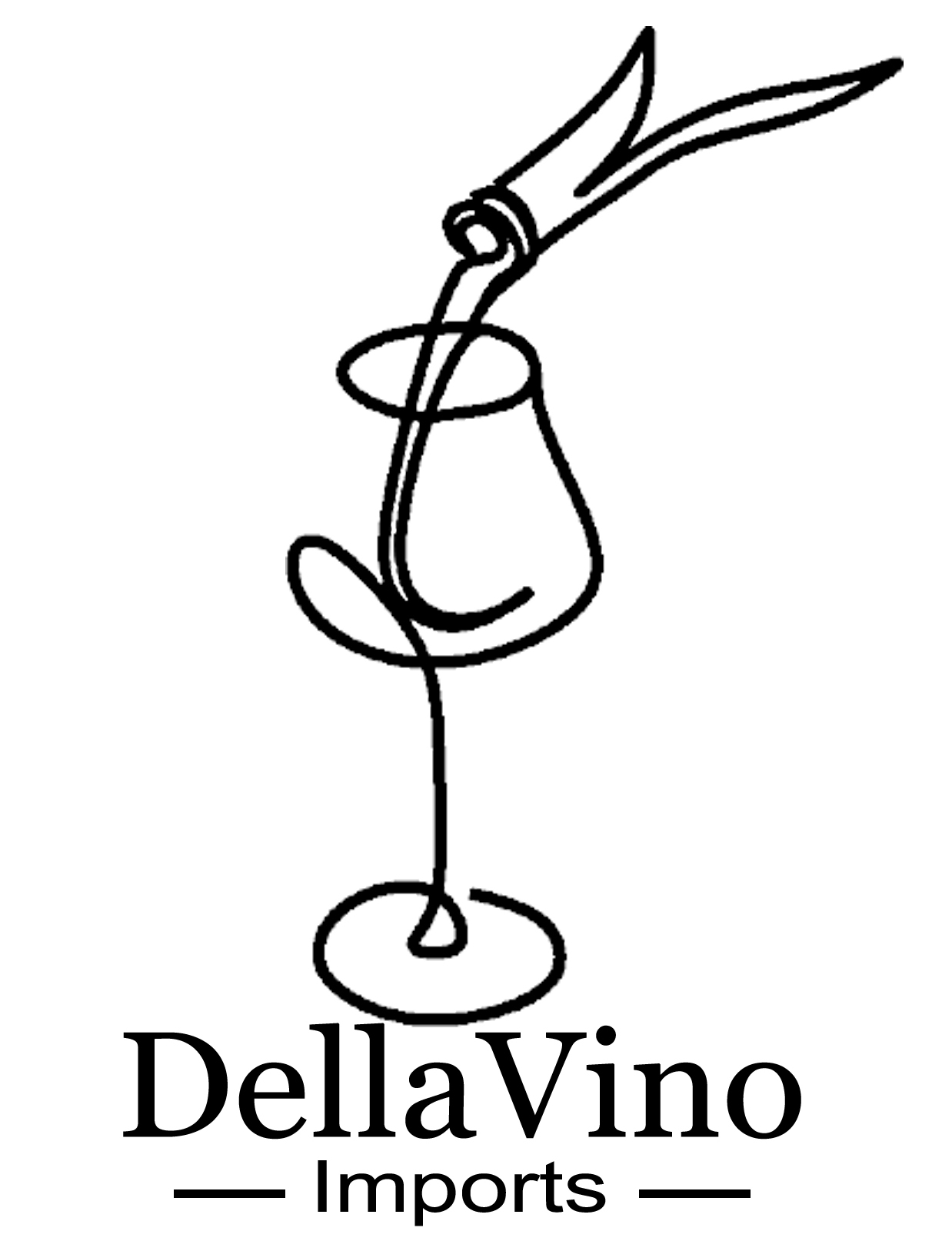500 Members of Chianti Classico Consortium Vote
By 90% approval, the Consortium passed allowing village names to the Gran Selezione labels and left the door open for the ability to add Village names to Chianti Classico labels in the future.

What is the story behind the black rooster (Gallo Nero)?
The story begins with the ancient rivalry between Florence and Siena. Who doesn't love a great medieval tail?
In order to bring an end to the dispute, it was decided that a knight from Siena and a knight from Florence would begin riding at the roosters' crow and where they would meet would be the new boundary line. The Florentines chose a black rooster and the Sienese chose a white rooster. The Florentines kept their rooster in a dark chicken coop and did not feed it for days so that when it was freed it began to crow immediately. This allowed the Florentine knight to ride with a significant headstart. The Sienese knight only made it 12km before he met the Florentine knight and this allowed the Florentines to gain control of the Chianti territory.
In 1384, the League of Chianti was formed as a military and political organization to defend the Chianti territory and the Gallo Nero became their symbol and when the wine producers first began to form an association in 1924, they continued with the black rooster. It has lasted through to this day as the symbol of the current Chianti Classico Consortium.

There appears to be a big push from the Consortium for the use of 100% Sangiovese in Gran Selezione wines but they settled on new rules of 90% (up from 80%) and the restriction to only use native grapes for the remaining 10%. This rule will affect a few producers who have been adding Merlot and other international varieties to the wine.

